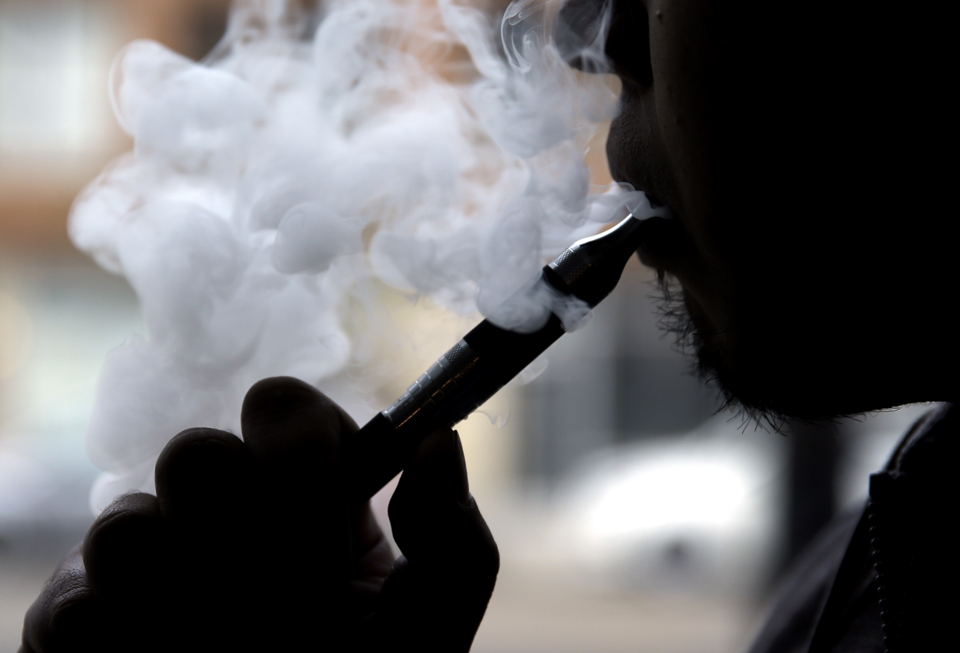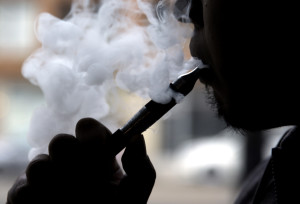

By Kaye Burnet | The Duquesne Duke
Electronic cigarettes are now banned from Duquesne buildings, school officials announced this week.
Students and faculty who use electronic cigarettes will now be subject to the same restrictions as traditional smokers. Smoking is prohibited in all buildings and recreational areas, including Rooney Field.
Anyone wishing to smoke, electronically or otherwise, must do so more than 25 feet away from any building.
E-cigarettes are growing in popularity and becoming increasingly well known among young, educated people, according to a recent study published in the American Journal of Preventative Medicine. In the study, more than 77 percent of respondents were aware of the modern alternative to smoking, and more than half of that group saw e-cigarettes as less harmful than traditional cigarettes.
Duquesne’s new restrictions, which became effective this week, are the result of several complaints put forward to the human resources department, department director Mary Ellen Baney said.
“Human resources had received several inquires and concerns regarding the use of e-cigarettes,” Baney said. “A non-employee was smoking an electronic cigarette in the Power Center during an event.”
Baney said she is not familiar with the exact health risks of e-cigarettes, but that there is enough debate on the topic to warrant including them in the smoking ban.
“People believe there continues to be a risk,” Baney said.
Spencer Rubeck, a senior marketing major at Duquesne, opened his own e-cigarette and vaporizer shop Innovative Vapors on the South Side 10 weeks ago.
Rubeck said he understands why the University feels the need to restrict e-cigarettes, but hopes that restrictions will lessen as the public learns more about e-cigarettes and vaporizers.
“People don’t like ‘new,’” Rubeck said. “[E-cigarettes] can be used indoors without bothering others. You don’t have the chemicals of a cigarette blowing in your face. Instead you have banana split and strawberry.”
Digital vaporizers, devices closely related to e-cigarettes, use a different heating method for the liquid that some manufacturers claim releases fewer chemicals into the air. Vaporizers, like e-cigarettes, come with many different flavor options and do not always contain nicotine.
Baney said such devices have not yet been addressed by Duquesne’s administration, and further clarification of the smoking rules will be developed as needed.
According to the American Cancer Society, researchers are still trying to determine the possible benefits or dangers of e-cigarettes. The small, cylindrical battery-powered devices simulate tobacco smoking by heating a flavored liquid into a vapor, which is inhaled. The liquid usually contains a mixture of propylene glycol, vegetable glycerin, nicotine and flavor.
Bill Silvasy is employed at Kommon Centz, an e-cigarette establishment with stores in West Mifflin and Monroeville. He pointed out that the ingredients in the liquid are usually considered harmless.
“Propylene glycol is the stuff used in asthma inhalers,” Silvasy said. “Vegetable glycerin is used for people with propylene glycol allergies. I don’t think anything has ever shown they are dangerous to inhale.”




